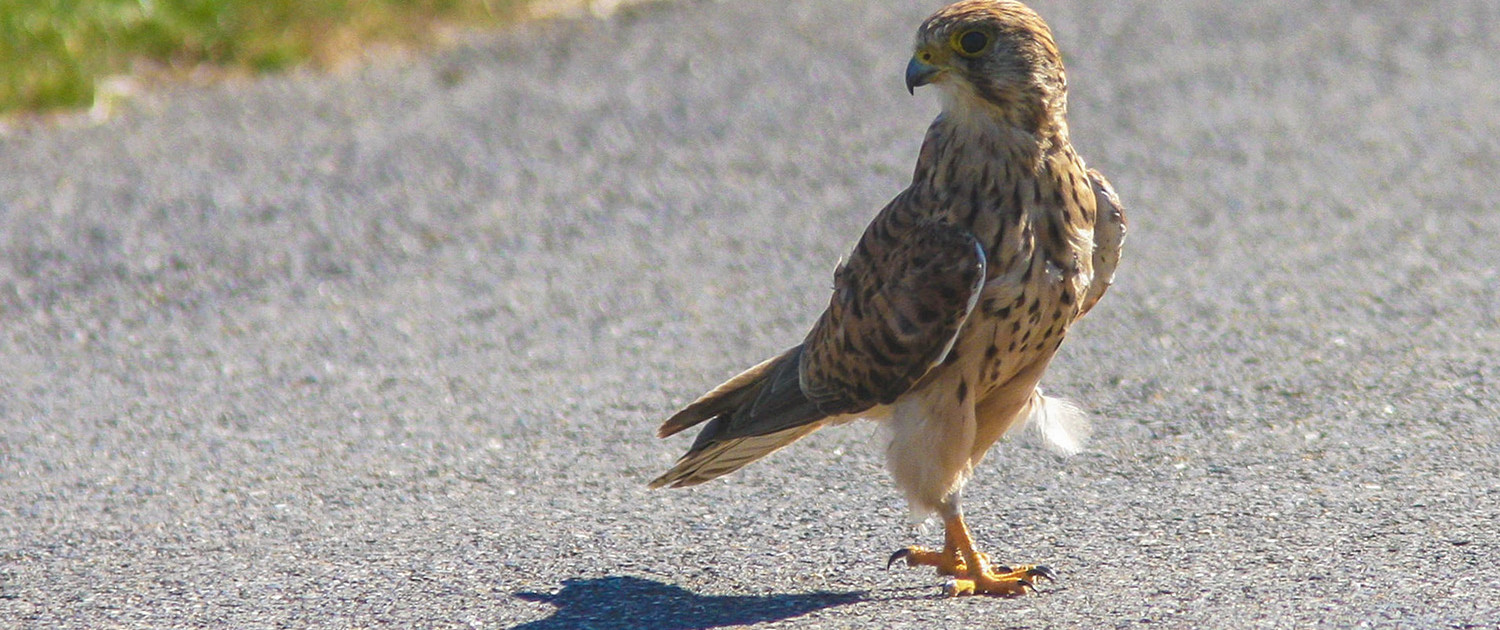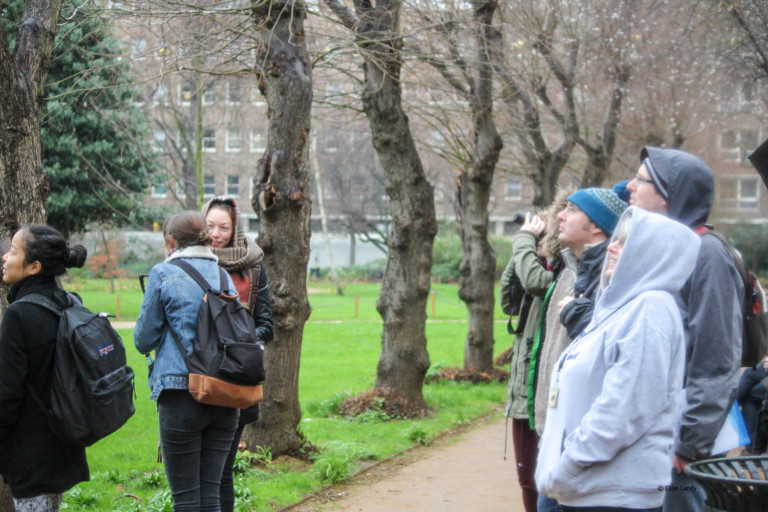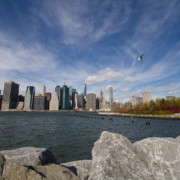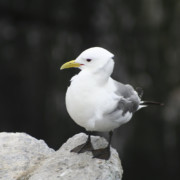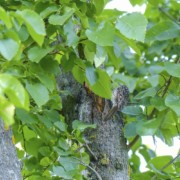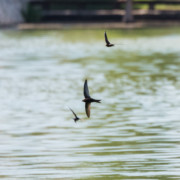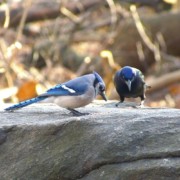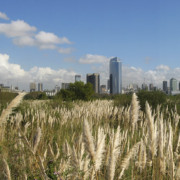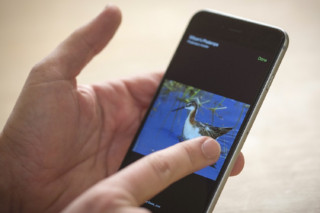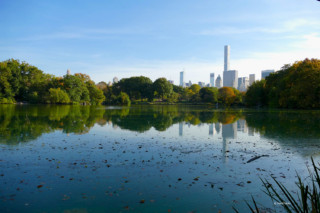My passion for nature did not originate within towns and cities. My first love was for the sea. Misty mornings with the soft sound of waves lapping against the shore and distant whale exhalations awoke me to the joy and wonderment of nature. In my late teens I moved to and lived by the sea for five unforgettable years before returning to the bright lights and big smoke of my home: London. I returned slightly despondent about what I felt was sure to be a lean few years in terms of wildlife encounters. How very wrong I was.
Back in the city, I developed an interest in birds which transcended into a much more all-round approach to wildlife watching. My breakthrough moment came when I happened across a nesting pair of Eurasian Hobby in a very urban setting. As I walked along the nearby river, I developed a passionate interest in what had brought them there: their dragonfly and mayfly prey. Butterflies were next, followed by wildflowers and bees – I was utterly hooked. The more I knew, the more I wanted to know and the beauty was seeing things on a small scale in a little patch of wild London I could claim to be my own.
WILD BLOOMSBURY
When I got a job at University College London (UCL) I set out to with a slightly different objective: to share the joy of urban wildlife with others. Set in the heart of London, Bloomsbury must be one of the most urban university campuses in the UK but this fact didn’t put me off. The university is dotted with lovely green squares, large London Plane trees and an increasing number of green roofs. These green spaces are sandwiched between old buildings, the type with those perfect nooks and crannies for birds to nest in. Two years ago, I started recording bird life on campus and when others got involved we found, to our delight, there was much more wildlife than we thought.
Every two weeks, at dawn, a group of dedicated staff and students now gather to walk and record the wildlife around campus. We have found some remarkable wildlife and seen some outstanding behaviour. Primarily surveying the bird life, the group have recorded close to 40 species along the 1km or so transect we walk. Some of the species are the hardy and common British species: the Great Tit, European Robin and Eurasian Magpie amongst those seen on every walk. There is usually a rarity or special sight on each walk. Memorable encounters have included close up Great Spotted Woodpeckers, Grey Wagtails, a grounded Eurasian Woodcock and once, shockingly, a Firecrest in Russell Square!
One of the benefits of wildlife watching in the urban environment is that you can get very close to nature. Binoculars are almost redundant on our walks as we stroll past singing Common Blackbirds just feet away and Grey Squirrels will often follow us, hoping for a charitable handout of a nut of some kind. In addition, walking the same route for several years has allowed us to note some clear changes in the birds we are seeing. The mild winter of 2015-16 yielded very few overwintering migrant birds, but 2016-17 was colder. Several weeks of ground frost and we were inundated with Redwings feeding in roadside rowan trees, and one of our dedicated spotters even spotted a flock of Bohemian Waxwings on his way to campus from King’s Cross. The chitter-chatter of European Goldfinch, rare when we started the walks is now a guaranteed sound alongside the rather harsher bark of the Ring-necked Parakeet.
The stars of the show, however, have always been two little falcons. Towards the end of our walk we approach a brutalist architecture building with tall protruding towers. Most people walk by and see an interesting building – or not – depending on opinion. I, however, walk past every day and have eyes only for the top of the towers in the hope that the Common Kestrels are visible. I could not believe my eyes when I saw the kestrels on my first day at UCL, swooping around the crowded streets. However, they were here, and thriving. We have seen them mating, raising young, hunting worms amongst picnickers and fighting off Lesser Black-backed Gulls twice their size. It lifts ones spirit immensely to see them every day and is the perfect antidote to the constant hustle and bustle going on around you.
NOT COUNTING OUR CHICKENS
Of course all this comes with a warning. It would be remiss of me to talk about London birds without mentioning the House Sparrow. Sadly, despite hours of searching we have never seen so much as a tail feather of a House Sparrow anywhere on campus. This serves as a stark reminder as to the more serious side of our walks. As we count what many may consider common birds, we must remember that what is common now may not be common tomorrow. We must learn from the plight of the House Sparrow and ensure that the local community are able to enjoy this little slice of wildlife in the city for years to come.

